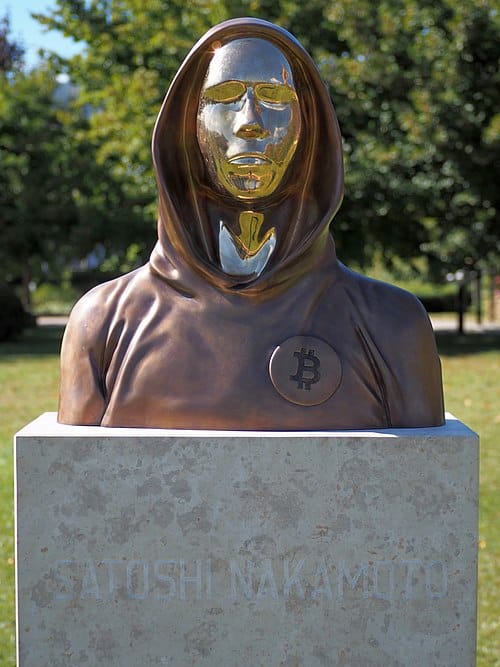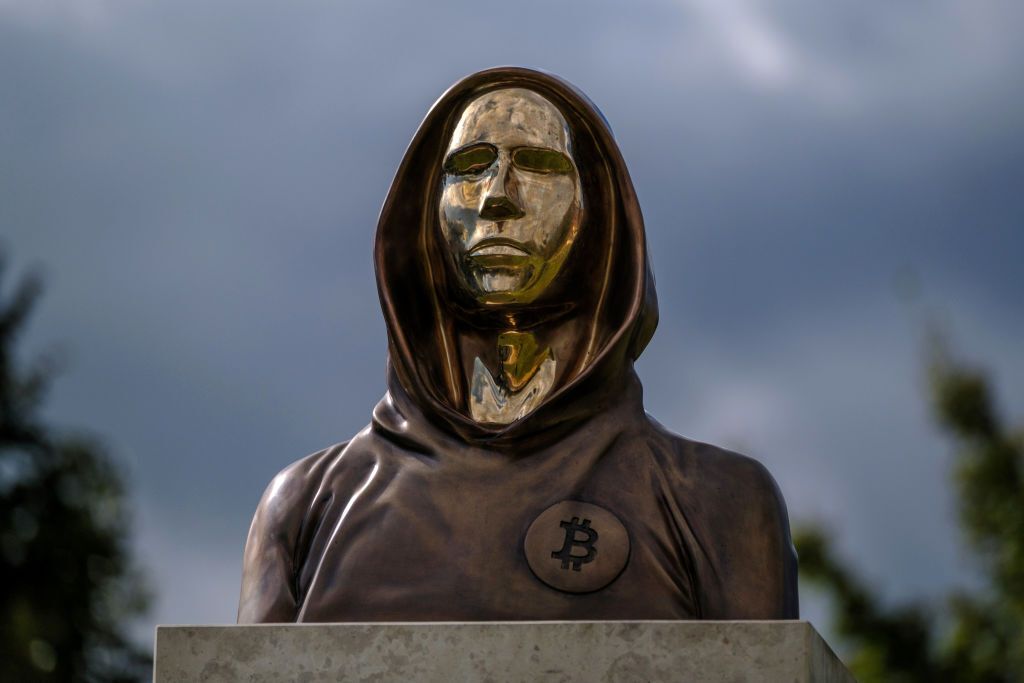The $8.6 Billion Bitcoin Awakening: Unraveling the Largest Satoshi-Era Wallet Movement in History

On July 4, 2025, the cryptocurrency world witnessed one of its most astonishing events to date: the awakening of eight dormant Bitcoin wallets from the early 2010s, transferring a total of 80,000 BTC—valued at approximately $8.6 billion based on current prices. These wallets, untouched since 2011, belong to what’s known as the "Satoshi era" (2009–2011)—a time when Bitcoin’s elusive creator, Satoshi Nakamoto, was still actively contributing to the protocol. The sheer scale and timing of this movement have set off waves of speculation, raising questions about ownership, intent, and even the integrity of Bitcoin’s cryptographic security.
This extraordinary transfer is the largest single-day movement of dormant Satoshi-era coins in Bitcoin’s history, prompting intense interest across the crypto ecosystem and beyond.
The Details Behind the Transfer
The activity began on the night of July 3 and continued into the early hours of July 4. On-chain analysis from Arkham Intelligence and Lookonchain confirmed that eight wallets—each holding exactly 10,000 BTC—were reactivated and sent their balances to modern addresses. The receiving addresses were all bech32 (SegWit) format, starting with “bc1q,” known for offering reduced transaction fees and increased efficiency.
These wallets were created in April and May 2011, a time when Bitcoin traded between $0.78 and $3.37. The total initial value of the 80,000 BTC was less than $210,000. At today’s price of roughly $108,000 per BTC, this represents an astronomical return of nearly 4 million percent.
The precision of the transfers—all executed within an 11-hour period—suggests a coordinated operation likely under the control of a single entity. Further analysis revealed that many of the coins originated from a now-legendary address known as “1HqXB…gDwcK,” which distributed over 23,000 BTC to several other wallets in 2011.
Interestingly, none of the newly received BTC has been moved to exchanges, suggesting that the goal may not be liquidation, but rather a security upgrade or strategic reallocation.
Market Reaction: Surprisingly Calm
Despite the massive value of the transfer—representing about 0.4% of all Bitcoin in circulation—the market remained relatively stable. Bitcoin briefly dipped from $110,000 to $107,600 on July 4, a mild 1.3% decline, but quickly rebounded. This response stands in stark contrast to previous Satoshi-era wallet reactivations. In November 2024, for instance, the movement of 2,000 dormant BTC to exchanges triggered a short-lived market sell-off.
Analysts from CryptoQuant noted that this was the largest single-day movement of coins aged over a decade, emphasizing its rarity. However, the lack of immediate exchange activity helped calm fears of an impending dump. Some observers speculated that the transfers may signal long-term positioning strategies, such as custodial upgrades, DeFi integration, or inheritance planning.
Others, however, cautioned that if even a portion of this BTC were to hit exchanges, it could put significant downward pressure on the market. For now, the reallocation appears benign.
Who Owns the Coins? Theories and Speculation
Unsurprisingly, the mystery surrounding the wallet owner has ignited a firestorm of theories.
Given the age of the wallets, some speculated they might be tied to Satoshi Nakamoto himself. However, blockchain forensics firms like Arkham have found no links to Satoshi’s known mined blocks, effectively ruling out direct involvement from Bitcoin’s founder.
One popular theory posits that the wallets belong to Roger Ver, also known as “Bitcoin Jesus,” who was one of Bitcoin’s earliest investors and vocal proponents. The purchase timing aligns with Ver’s known history in the space, but there is no confirmation of his connection to these specific addresses.
A more technical possibility emerged when analysts observed a small Bitcoin Cash (BCH) transaction—worth about $483—executed from one of the same legacy wallets 14 hours prior to the main BTC transfers. Coinbase’s Conor Grogan suggested this might have been a test to confirm wallet access, perhaps following a recent private key recovery. This raised concerns of a possible hack or compromised credentials, though Arkham dismissed the idea, stating the movements were likely planned and deliberate.
Another plausible explanation is a posthumous key recovery—an estate executing asset transfers after securing access to old holdings. The uniformity and precision of the movements support the idea of a coordinated, strategic plan rather than a panic-driven response.
The Quantum Computing Angle
Perhaps the most dramatic theory revolves around quantum computing. Some online voices have posited that these wallets were accessed using advanced quantum decryption techniques. Early Bitcoin addresses often used the P2PKH format, relying on the Elliptic Curve Digital Signature Algorithm (ECDSA)—a system theoretically vulnerable to sufficiently advanced quantum computers.
The idea that someone cracked ECDSA to access $8.6 billion worth of Bitcoin has unsettling implications. If true, it could represent a seismic security breach, potentially exposing other dormant wallets and threatening network trust.
However, experts in quantum cryptography argue that current quantum machines lack the processing power and qubit fidelity needed to break ECDSA. There is no verifiable evidence supporting this theory as of now. Still, the hypothesis underscores the growing urgency for the Bitcoin community to consider quantum-resistant upgrades, especially for legacy assets.
The Historical Significance
The reactivation of Satoshi-era wallets always captures the crypto community’s imagination. These early wallets represent Bitcoin’s roots, acquired by miners and believers when the network was still largely unknown.
Compared to prior reactivations—like the 2,000 BTC moved in November 2024 or the 250 BTC transferred in August 2024—the July 2025 event is in a league of its own. With 80,000 BTC moved in a single day, it dwarfs all previous instances.
It also highlights a fundamental challenge in long-term crypto asset storage: securing private keys across decades. The fact that the keys to these wallets were preserved for over 14 years—through shifting technology, regulatory crackdowns, and even device obsolescence—is extraordinary. Whether kept on paper, encrypted drives, or some other form, it speaks to the commitment and discipline of whoever holds them.
What This Means for Bitcoin’s Future
This event is more than a historical oddity—it’s a moment of reckoning for the entire ecosystem.
First, it shines a spotlight on Bitcoin’s legacy infrastructure. Many early wallets are built on outdated formats without the protections of modern features like seed phrases or hardware wallets. Migrating these holdings to modern, SegWit-enabled bech32 addresses is a smart move, but also a necessary one in light of evolving cybersecurity threats.
Second, the event has reignited discussions about Bitcoin privacy. While the blockchain is transparent by design, it also makes high-value transactions public knowledge, exposing wallet owners to potential targeting. Despite pseudonymity, large dormant wallets moving can attract scrutiny or even attempts at coercion.
Third, the relative market calm in response to the move reflects a maturing ecosystem. Bitcoin’s current market cap of over $2 trillion provides liquidity and depth that wasn’t present even a few years ago. But the influence of “whales”—especially those from the Satoshi era—remains undeniable.
Lastly, the transfer reminds us that much of Bitcoin’s supply is still held by early adopters. As BTC continues its march toward institutional adoption and mainstream integration, the actions of these long-time holders could play a pivotal role in shaping price trends and governance discussions.
A New Chapter in Bitcoin Lore
The July 4, 2025, movement of 80,000 BTC from long-dormant wallets is now part of Bitcoin’s living history. Whether driven by a security upgrade, a strategic move, a posthumous recovery, or something more mysterious, the implications are vast.
As speculation swirls around a rumored October 5, 2025, deadline—hinted at in online discussions—analysts and enthusiasts alike remain alert for further movements. Until then, this story stands as a powerful reminder: Bitcoin may be decentralized, but its past continues to echo across the network, influencing the present and hinting at the future.
References















Comments ()